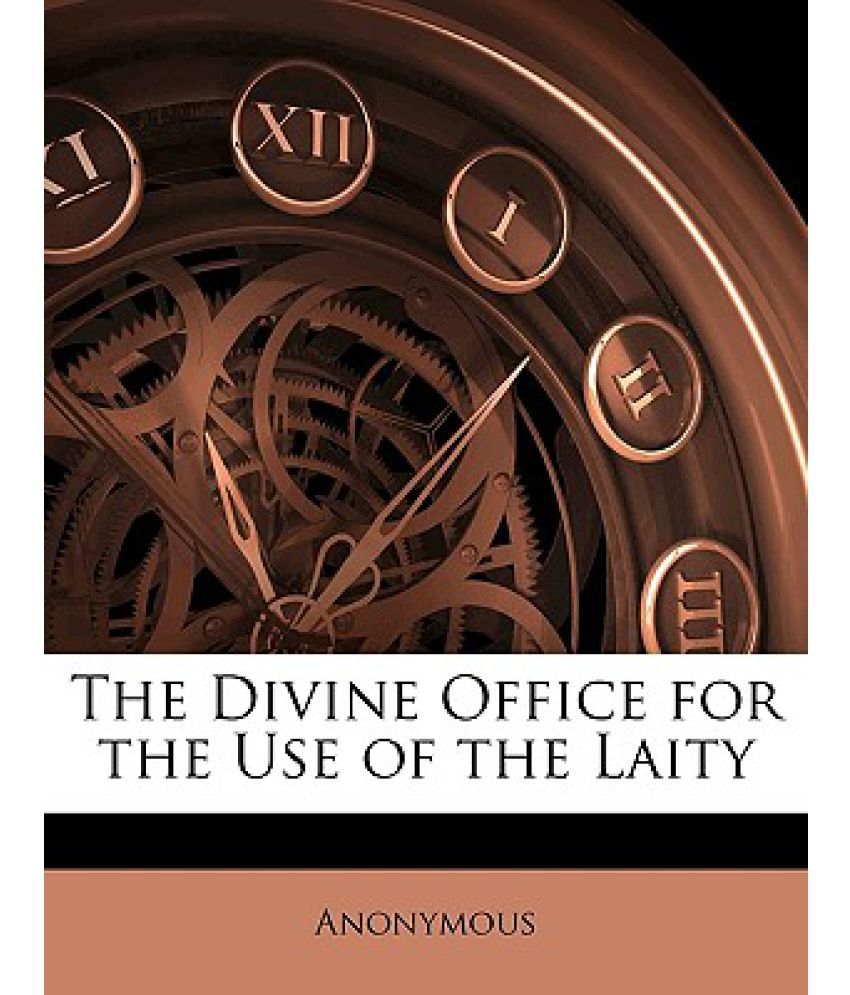

We should approach our prayer of the breviary saying: Now the Church is praising God through my mouth now the Church is struggling after souls with my hands!Ģ. The objectives of the Church, the objectives of Christ’s redemption, become ours. It is through the breviary that we participate objectively in the official ministry and care of souls. This gives a deeper content to our prayer we spread out far beyond our own selves.

All the sentiments of Holy Mother Church find their echo in us. The Church weeps through our tears with those who weep, rejoices through our joys with those who rejoice, does penance through our penances with those who are repentant.

The Church is praying through my mouth I offer Her my tongue to pray with Her for all the great objectives of redemption, and for God’s honor and glory. In liturgical prayer, I am like a leaf on the great living tree of the Catholic Church. The object of Her prayer is broader: all the needs of God’s kingdom here on earth. But in liturgical prayer, that is, in the breviary, it is not primarily I who am praying, but the Church, the Bride of Christ. It is I who stand in the center of action. In private prayer I pray, mostly for myself and my own affairs. It is helpful to understand the difference between private prayer and liturgical prayer. The breviary is above all the prayer of the Church. It is the prayer of the Church as a bodyġ. The two chief objectives which the breviary fulfills are:ġ. It contains the Divine Office, or the formal prayers which the Church puts into the mouths of her priests and religious. It could be said that the Holy Ghost and the Church have been working on it for more than 3,000 years, and it has become the basic book of prayer. The breviary is the official prayerbook of the Catholic Church, the prayer said in the name of the Church.


 0 kommentar(er)
0 kommentar(er)
